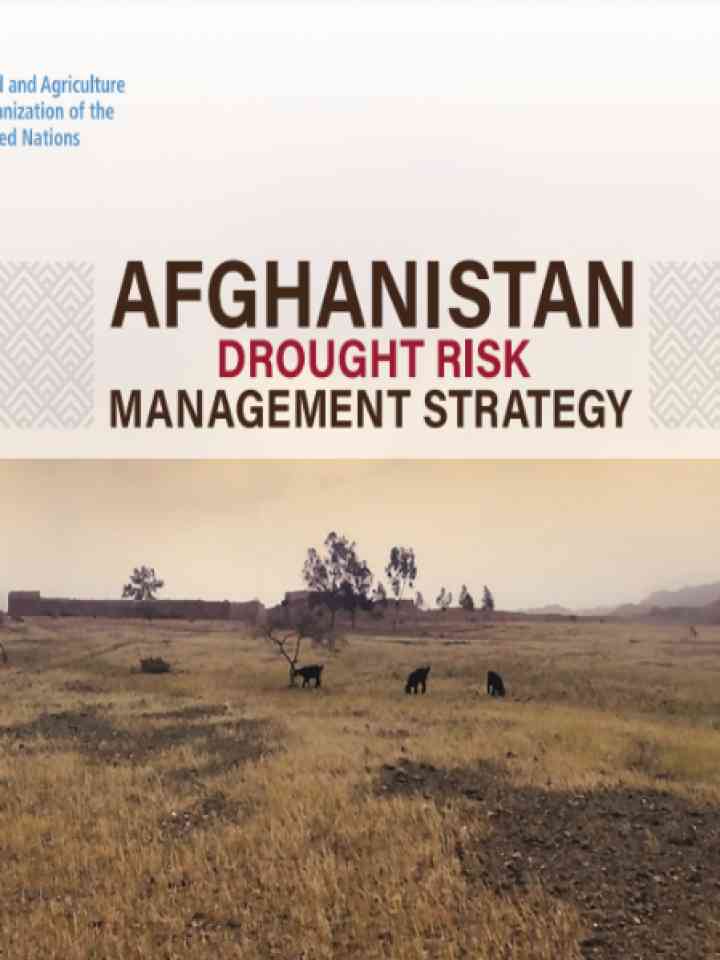Afghanistan drought risk management strategy 2019
The 2018-drought directly affected more than two-thirds of Afghanistan (22 out of total 34 provinces) with around 10.5 million people being most severely affected (of the total 17 million in these 22 provinces). 13.5 million people were facing “Crisis” or worse levels of food insecurity in September 2018 and at least 300,000 people internally displaced due to drought. This was one of the most severe droughts in recent times in Afghanistan. Several strands of scientific analyses and experiential evidence from Afghanistan indicate the increasing frequency, scale, duration, and impacts of drought in the country; a trend that is set to intensify in the future according to all climate change scenarios for Afghanistan. These increasingly recurrent droughts not only have adverse impacts at household and community levels - in terms of food nutrition security, livelihood security, water, sanitation and health, and coping capacities - but also on ecosystems (especially on land and water resources) as well as at macro levels in terms of drought-induced displacements, conflicts over depleting/scarce natural resources and straining fiscal and policy space.
Explore further
